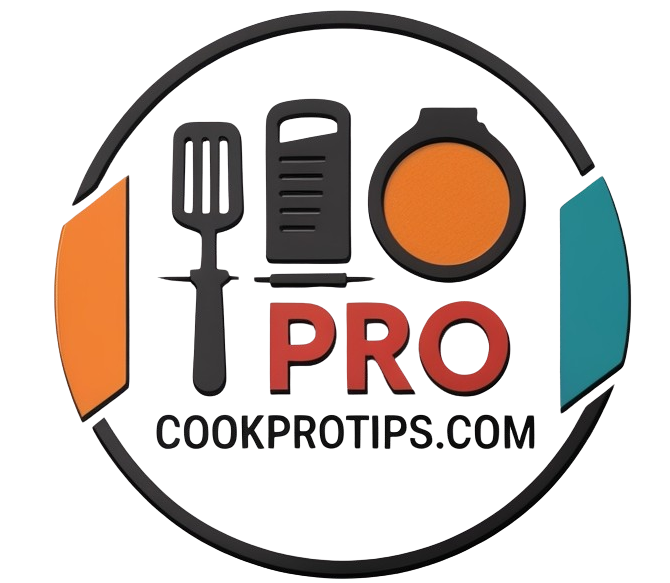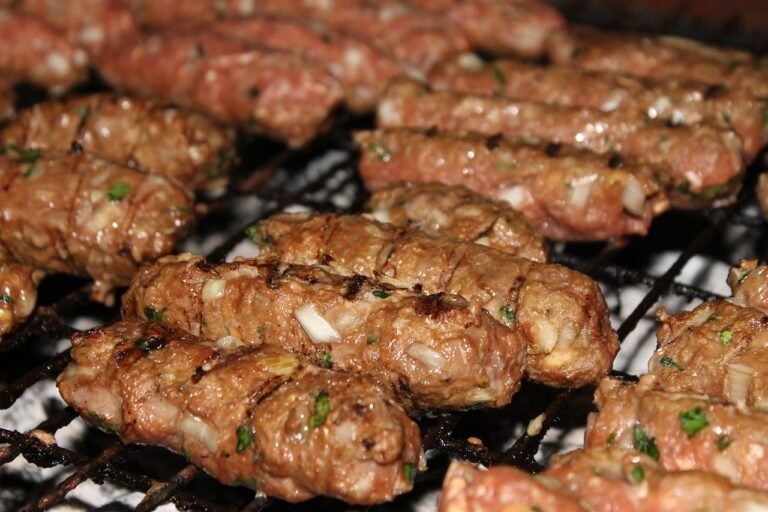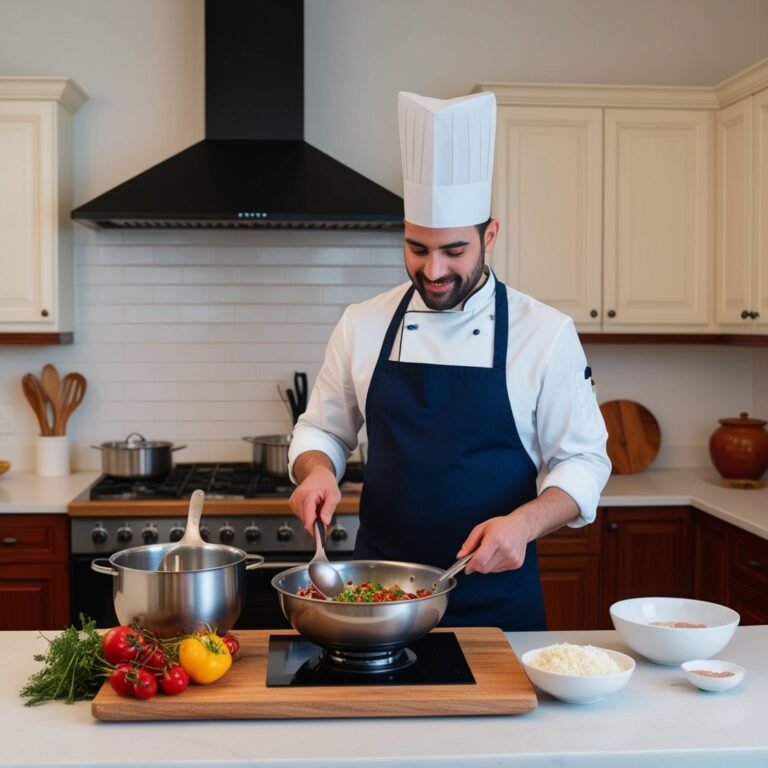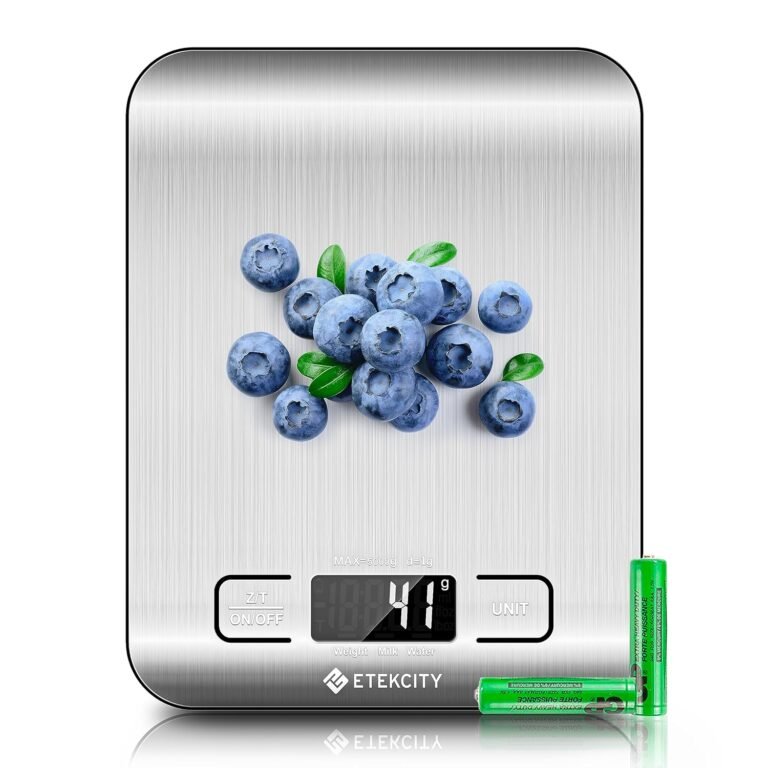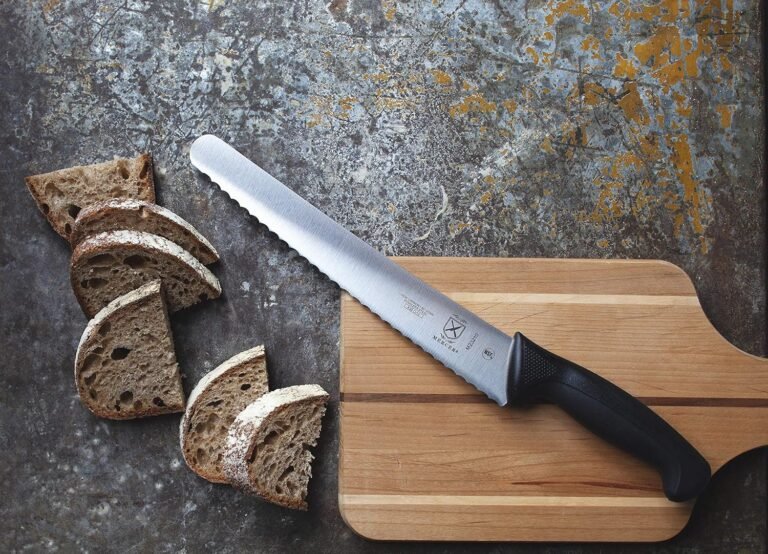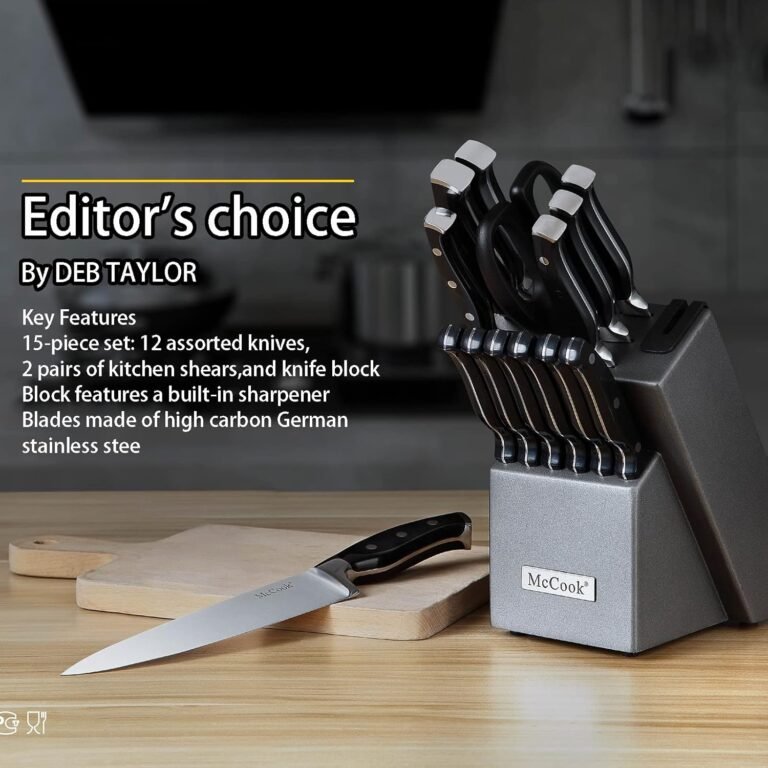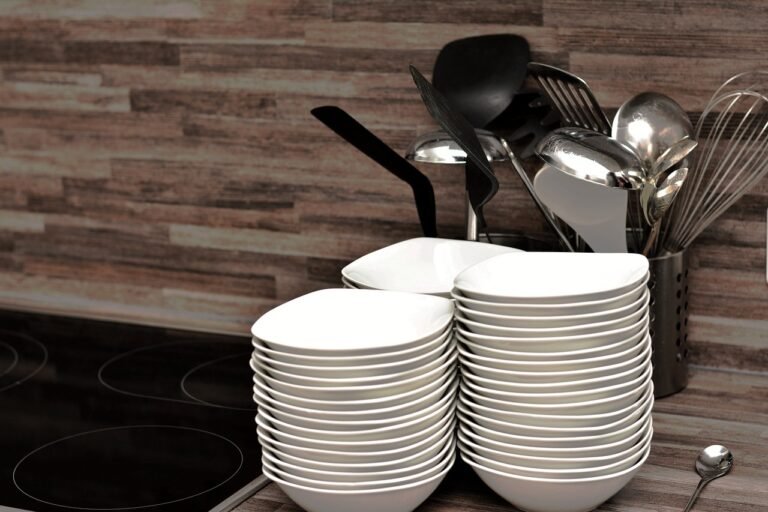Easy Techniques to Save Time in the Kitchen.
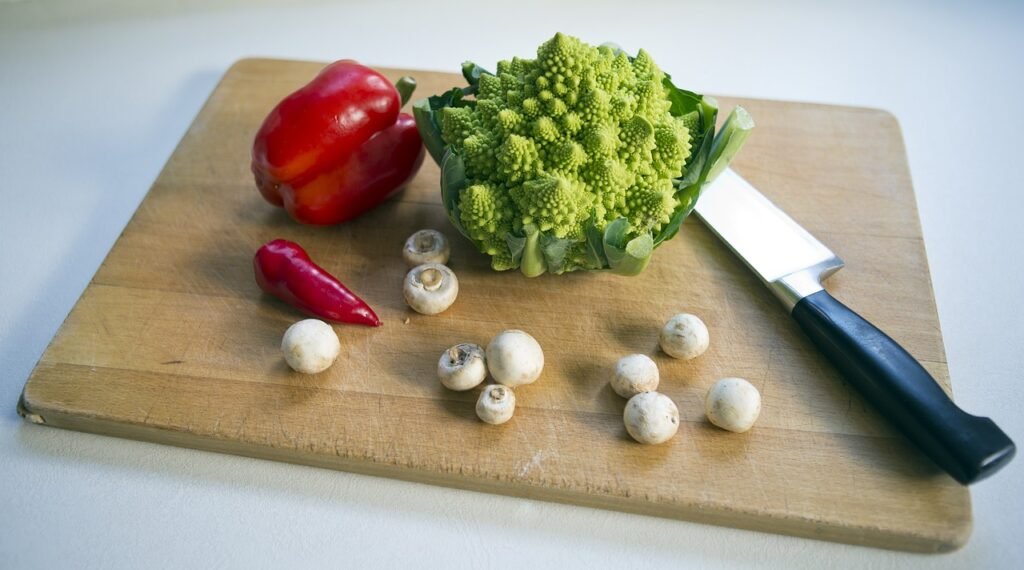
Meal Prepping: The Key to Efficiency
Meal prepping has emerged as an essential strategy for individuals looking to optimize their time in the kitchen. By dedicating a few hours each week to meal preparation, one can significantly reduce the cooking time on busy weekdays. This technique involves planning meals ahead of time and can be streamlined with a few practical steps.
The first step in effective meal prepping is creating a comprehensive shopping list based on the weekly menu. This preparation ensures that only necessary ingredients are purchased, minimizing waste and saving time during grocery shopping. Additionally, carefully planning meals can lead to healthier choices, as it allows individuals to balance their nutritional intake more effectively.
Batch cooking is a fundamental component of meal prepping that maximizes efficiency. This method involves cooking large quantities of food at once, which can then be portioned out and stored for later use. Popular batch-cooked items include soups, stews, grain bowls, and roasted vegetables. Using high-quality containers designed specifically for meal prep can greatly enhance the organization, keeping food fresh and easily accessible during the week. Investing in stackable containers can also save space in the refrigerator or freezer, further improving kitchen efficiency.
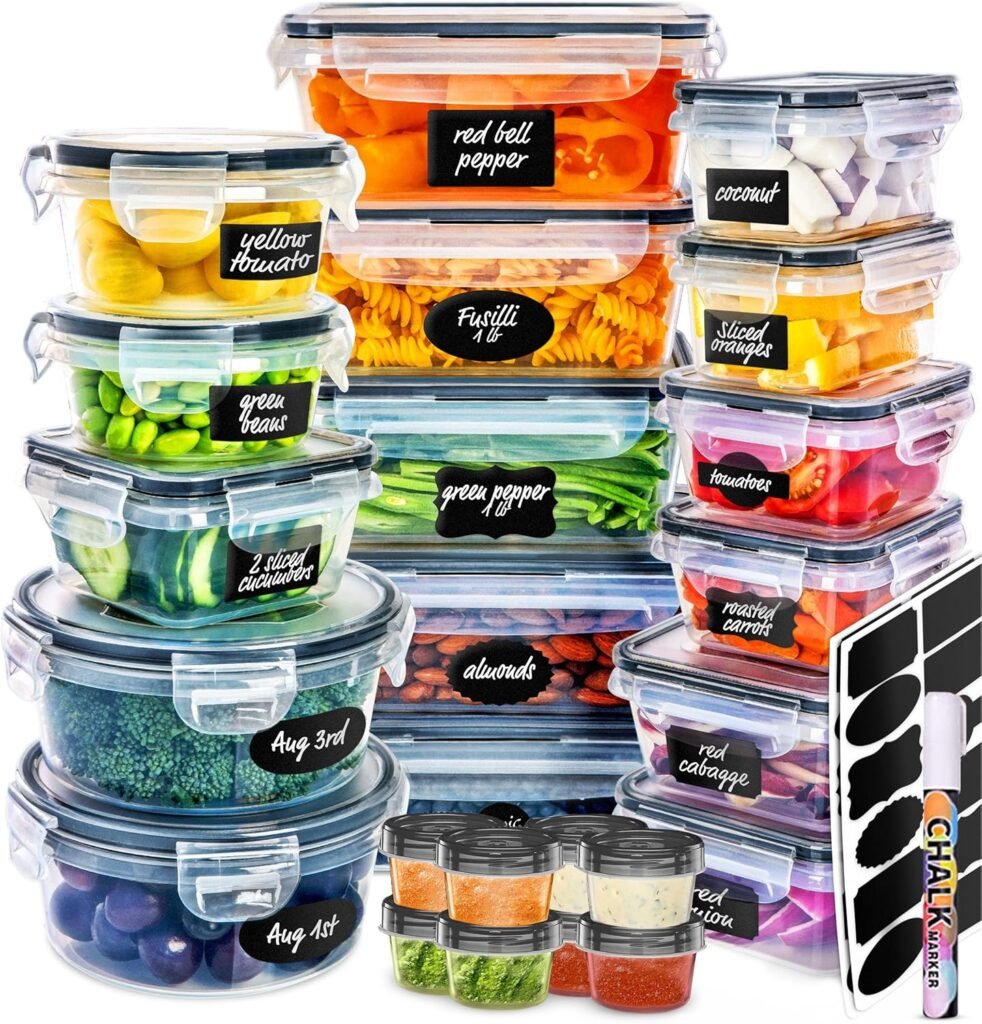
Moreover, having a reliable set of kitchen knives is instrumental in reducing prep time. A sharp, well-maintained knife allows for quicker chopping and slicing, which directly contributes to a more streamlined cooking process. By incorporating these strategies—meal planning, efficient grocery shopping, batch cooking, and investing in appropriate tools—individuals can master meal prepping effectively. This not only saves time but also fosters a more organized and enjoyable cooking experience, ultimately making it easier to maintain a healthy diet throughout the week.
Using Kitchen Gadgets to Your Advantage
In the modern culinary environment, the effective use of kitchen gadgets has become crucial for maximizing efficiency and minimizing preparation time. Various appliances are specifically designed to enhance productivity, allowing home cooks to manage their time effectively while experimenting with an array of recipes.
One primary example of an invaluable kitchen gadget is the slow cooker. This appliance allows users to prepare meals in advance and then let them cook slowly throughout the day. By simply adding ingredients in the morning, busy individuals can return to a perfectly cooked meal in the evening, thus eliminating the need for extensive manual labor after a long day. Similarly, pressure cookers are phenomenal for rapidly cooking tender meats, beans, and grains in a fraction of the usual time. The high-pressure environment significantly speeds up cooking times, a perfect solution for those who wish to enjoy homemade meals without the hours typically associated with traditional cooking methods.
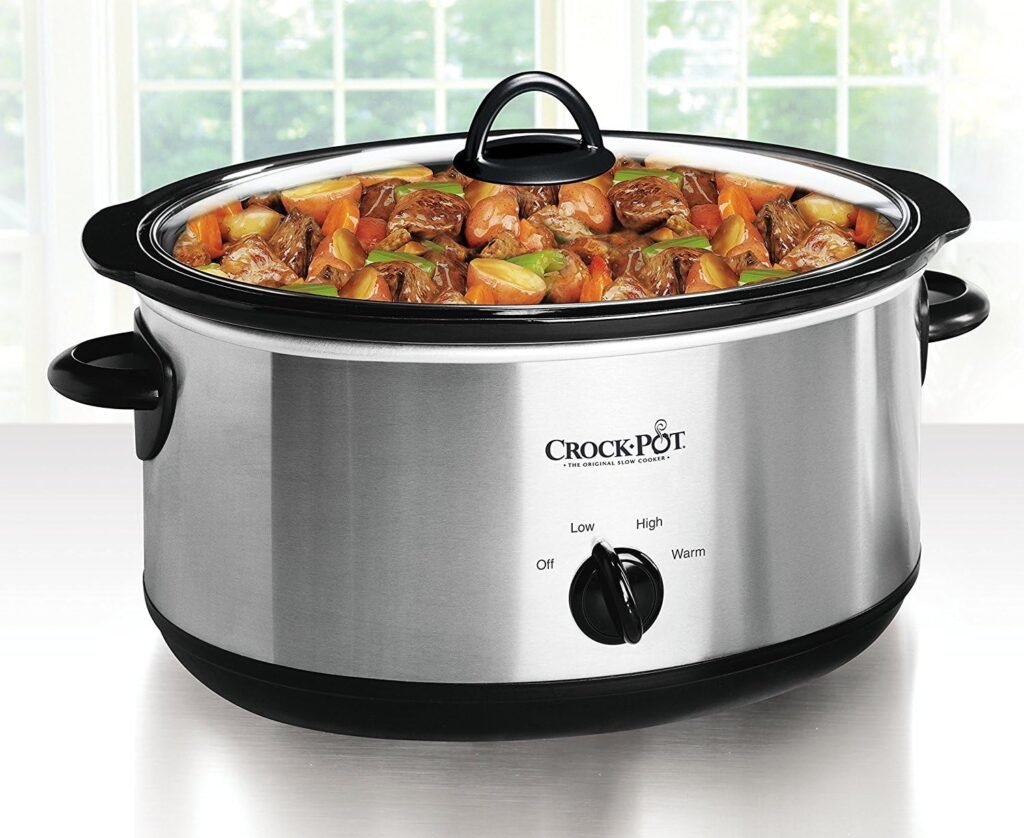
Another versatile gadget worth mentioning is the food processor, which simplifies food preparation by automating tasks such as chopping, slicing, and shredding. This not only saves time but also reduces the physical effort needed for these activities, making meal prepping a more enjoyable experience. In addition to these major appliances, tools such as mandolins and spiralizers can enhance the presentation of dishes while cutting down on preparation time. Mandolins enable precise slicing for salads and garnishes, while spiralizers transform vegetables into attractive noodle-like shapes, providing a creative way to serve healthy meals.
Lastly, immersion blenders offer a quick solution for blending soups and sauces directly in the pot, minimizing both clean-up time and the number of dishes used. By strategically integrating these gadgets into your cooking routine, you can significantly enhance kitchen efficiency while freeing up valuable time.
Smart Cleaning Practices While Cooking
Maintaining a clean kitchen while cooking is essential for efficient meal preparation and minimizes post-meal cleanup. One effective strategy is to use a single cutting board for multiple ingredients. For instance, when you’re chopping vegetables, you can begin with those that require less cleaning, like bell peppers, before moving on to ingredients that might leave more residue, such as onions. This method not only saves time but also reduces the number of utensils you need to wash later.
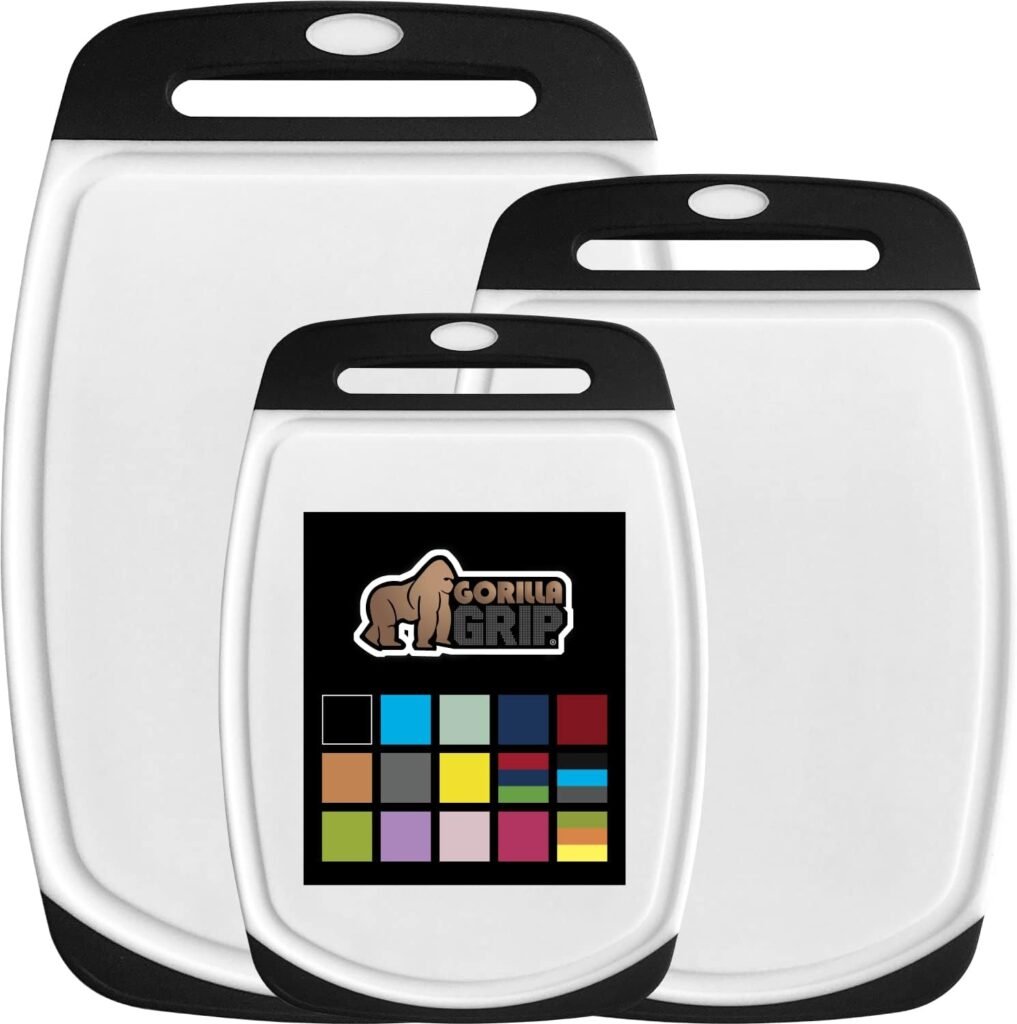
Another key practice is to clean dishes and kitchen tools as you go. Rather than allowing dirty dishes to pile up, frequently washing bowls, utensils, and cutting boards as you finish with them can significantly reduce the time spent on cleanup after cooking. Keeping a small bowl nearby for scraps can also streamline the process; simply toss your food waste in it instead of leaving a trail of mess on your countertop.
Organization is equally important in maintaining a tidy workspace. Before starting your cooking session, gather all necessary ingredients and tools. This preparation allows you to have everything at hand, limiting the need to search for items mid-recipe and thus reducing potential clutter. Furthermore, it is advisable to designate specific spots for ingredients and tools, making it easier to return them to their designated place and keeping your kitchen orderly.
Utilizing effective cleaning products can enhance your smart cleaning practices. Opt for multi-surface cleaners that are designed to cut through grease and grime quickly. Additionally, consider using non-stick pans and silicone baking mats. These options create less mess, as they prevent food from sticking, thereby minimizing the effort required for scrubbing post-cooking. By implementing these techniques, you can ensure a more efficient and enjoyable cooking experience.
Streamlined Cooking Techniques
In today’s fast-paced world, efficient cooking techniques are essential for anyone looking to save time in the kitchen. One-pot meals are a prime example of this; they minimize cooking and cleaning time by requiring only a single vessel for the entire preparation process. Dishes such as stews, risottos, and casseroles not only save you from dealing with pile-ups of dirty dishes but also allow flavors to meld beautifully, enhancing the overall taste of your meal.
Another effective method is sheet pan dinners, which involve cooking an entire meal on one baking tray. By arranging proteins and vegetables together, you create a balanced meal that cooks uniformly while utilizing the oven’s heat efficiently. Additionally, these meals are often ready in less than an hour, allowing for more free time before serving.
Incorporating frozen or pre-cut vegetables into your cooking routine can also significantly expedite meal preparation. These time-saving ingredients require less chopping and can be added directly to your dishes, whether you are stir-frying, boiling, or roasting. Frozen vegetables, in particular, retain their nutritional value and are available year-round, which makes them not only convenient but also a healthy addition to your meals.
Utilizing disposable baking trays and parchment paper can further streamline the cooking and cleaning process. These items make cleanup a breeze; simply discard them after use to avoid scrubbing, thus saving valuable time. Moreover, investing in timers and preparing ingredients ahead of time can enhance your efficiency during meal preparation. Organizing your workspace and measuring out ingredients beforehand helps in executing recipes smoothly, which ultimately contributes to a more enjoyable cooking experience. Combining these techniques will pave the way for a more efficient kitchen, allowing you to produce delicious meals without the stress.
